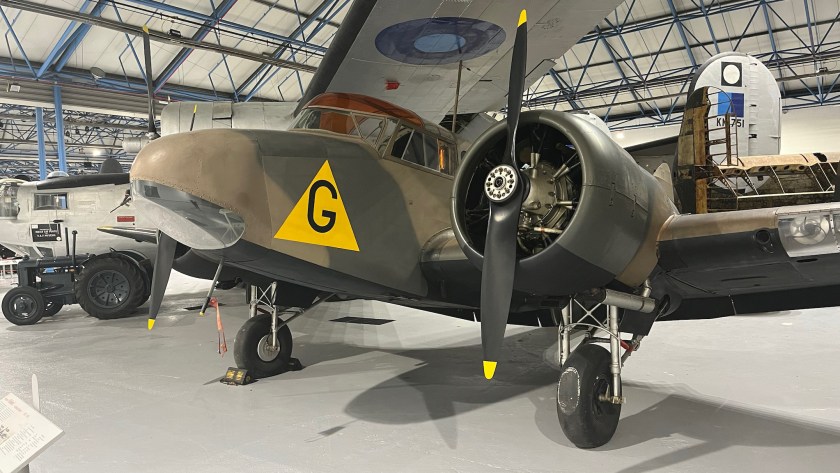This Hawker Tempest was on display at RAF London.
The Hawker Tempest is a British fighter aircraft that was primarily used by the Royal Air Force (RAF) in the Second World War. The Tempest, originally known as the Typhoon II, was an improved derivative of the Hawker Typhoon, intended to address the Typhoon’s unexpected deterioration in performance at high altitude by replacing its wing with a thinner laminar flow design. Since it had diverged considerably from the Typhoon, it was renamed Tempest. The Tempest emerged as one of the most powerful fighters of World War II and was the fastest single-engine propeller-driven aircraft of the war at low altitude.
Upon entering service in 1944, the Tempest performed low-level interception, particularly against the V-1 flying bomb threat, and ground attack supporting major invasions like Operation Market Garden. Later, it successfully targeted the rail infrastructure in Germany and Luftwaffe aircraft on the ground, as well as countering similar attacks by German fighters. The Tempest was effective in the low-level interception role, including against newly developed jet-propelled aircraft like the Messerschmitt Me 262.

















